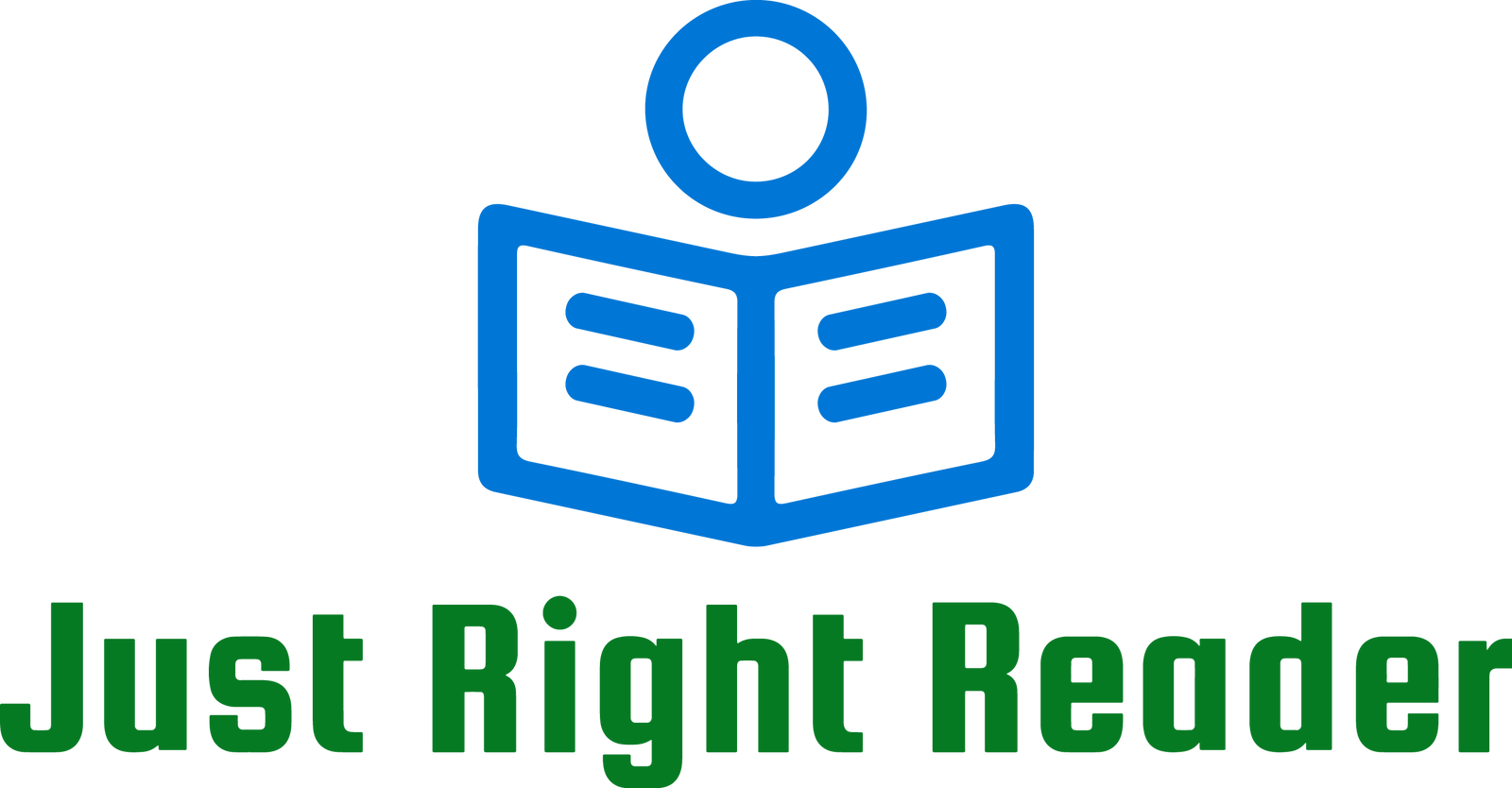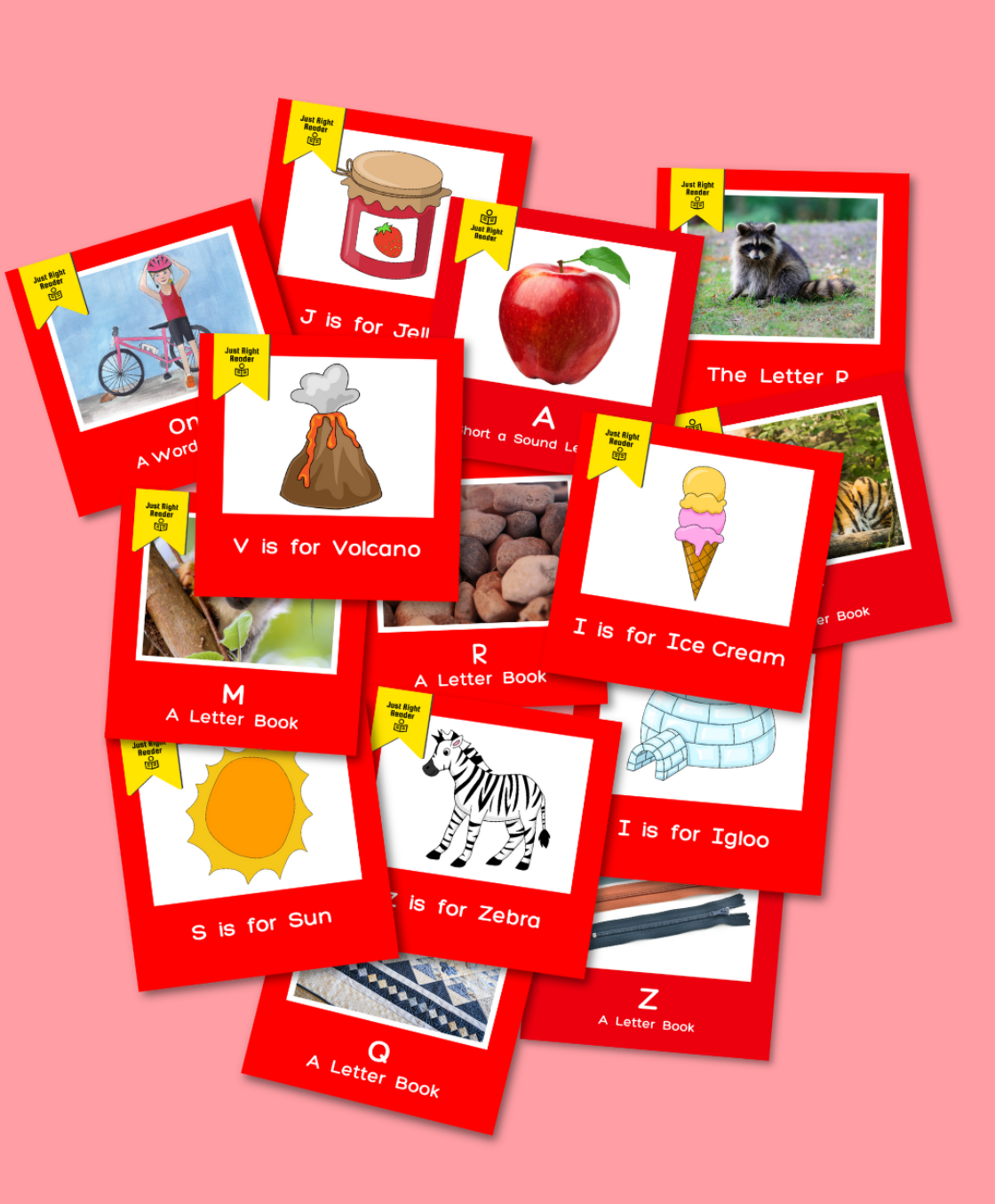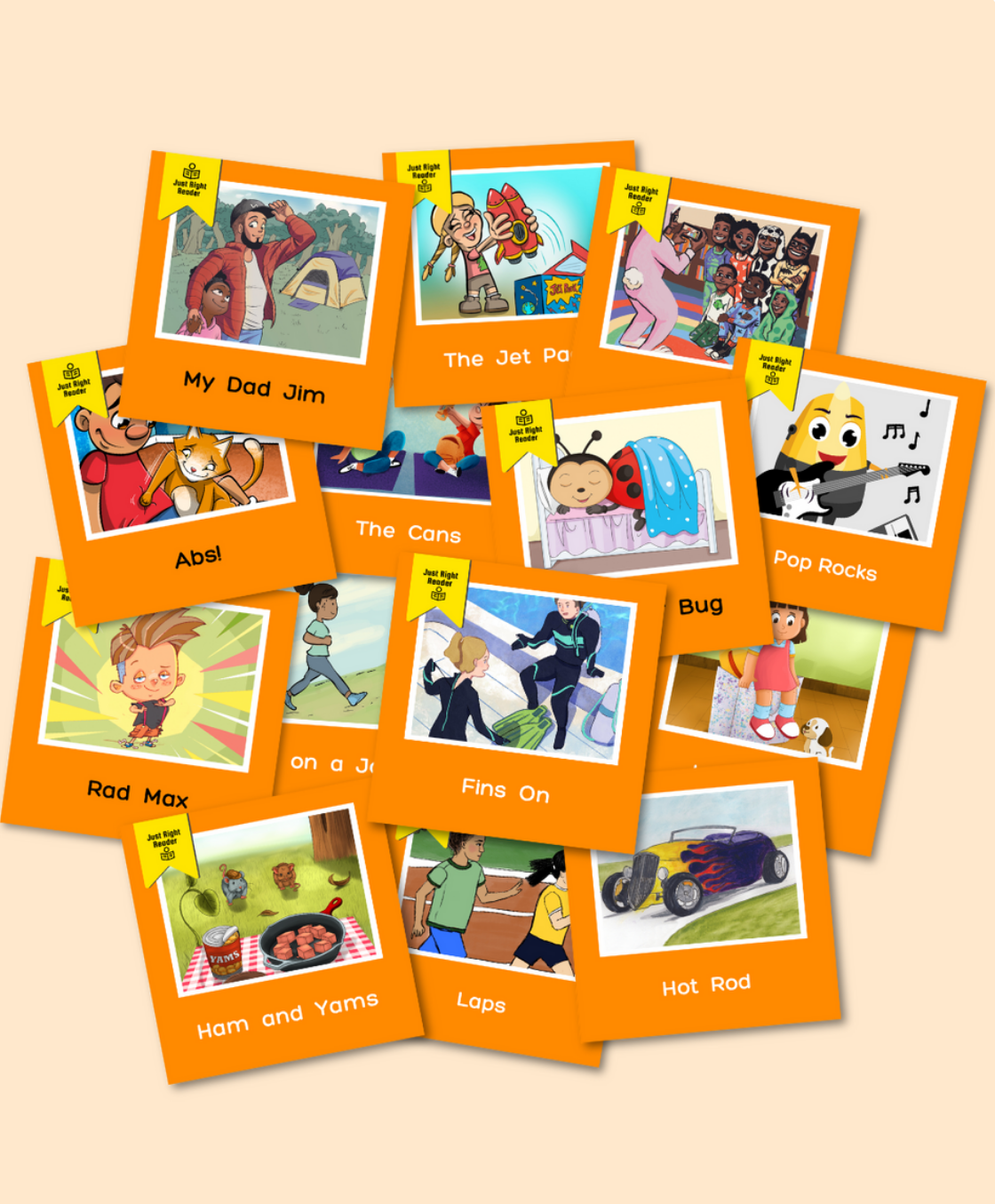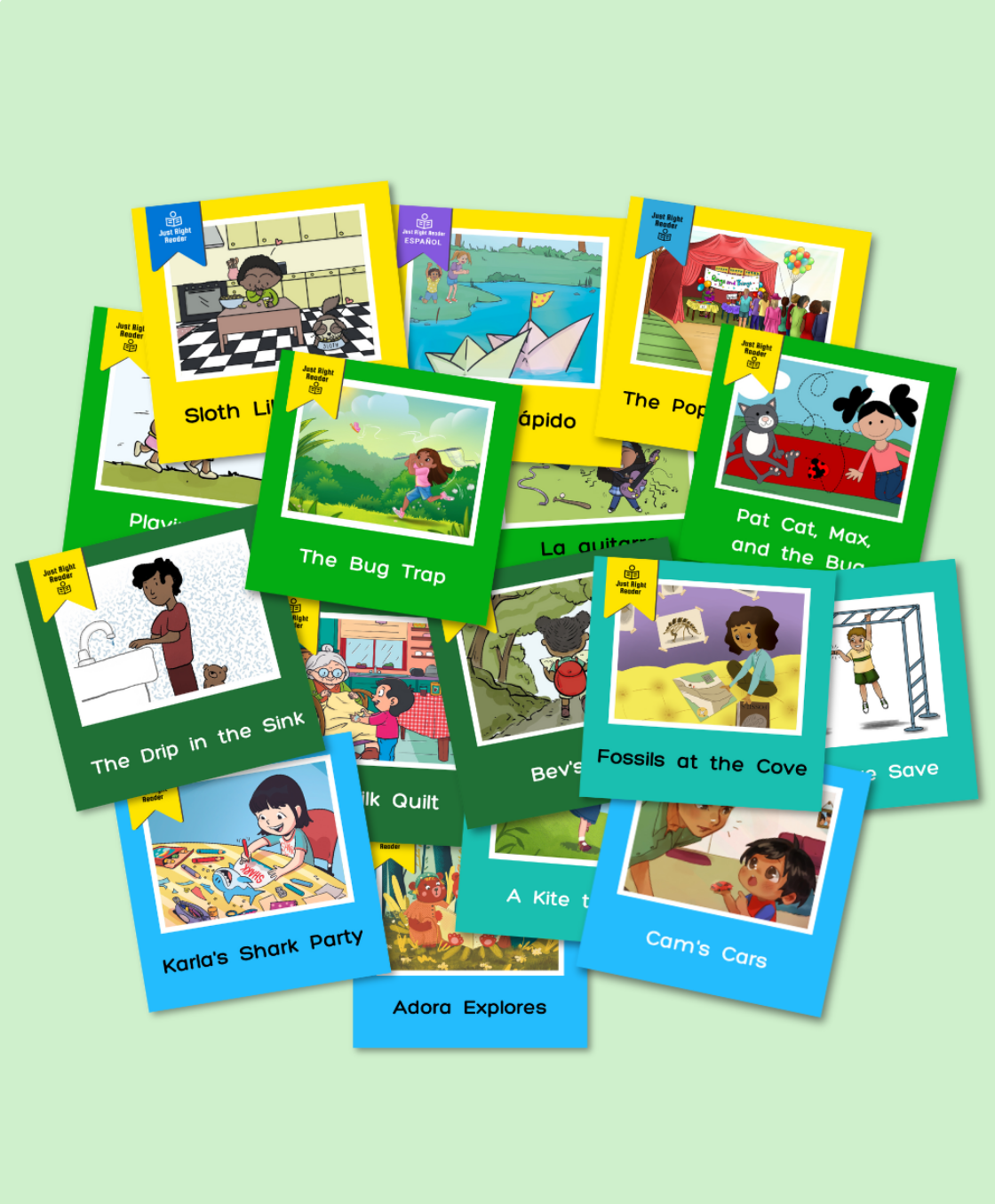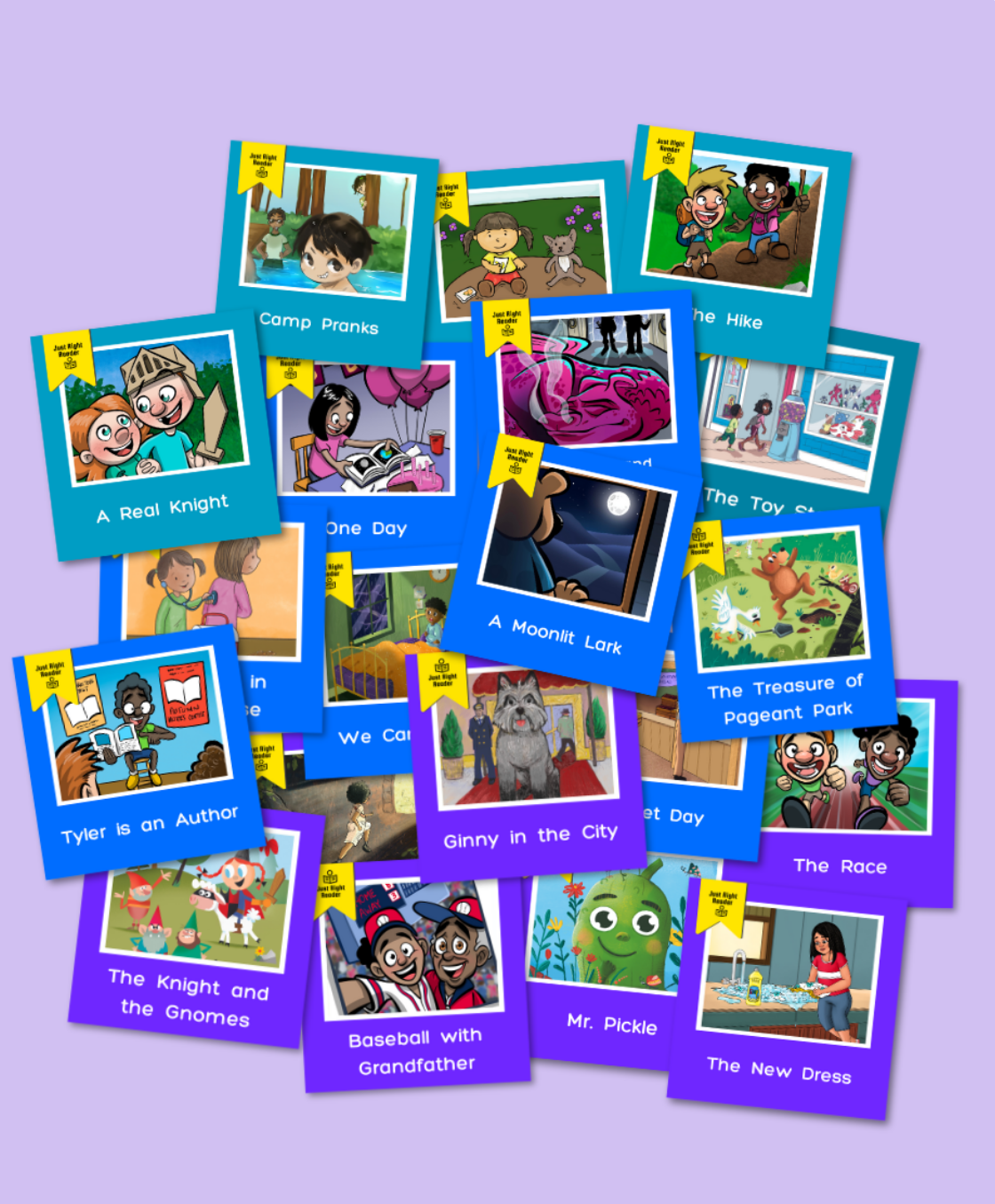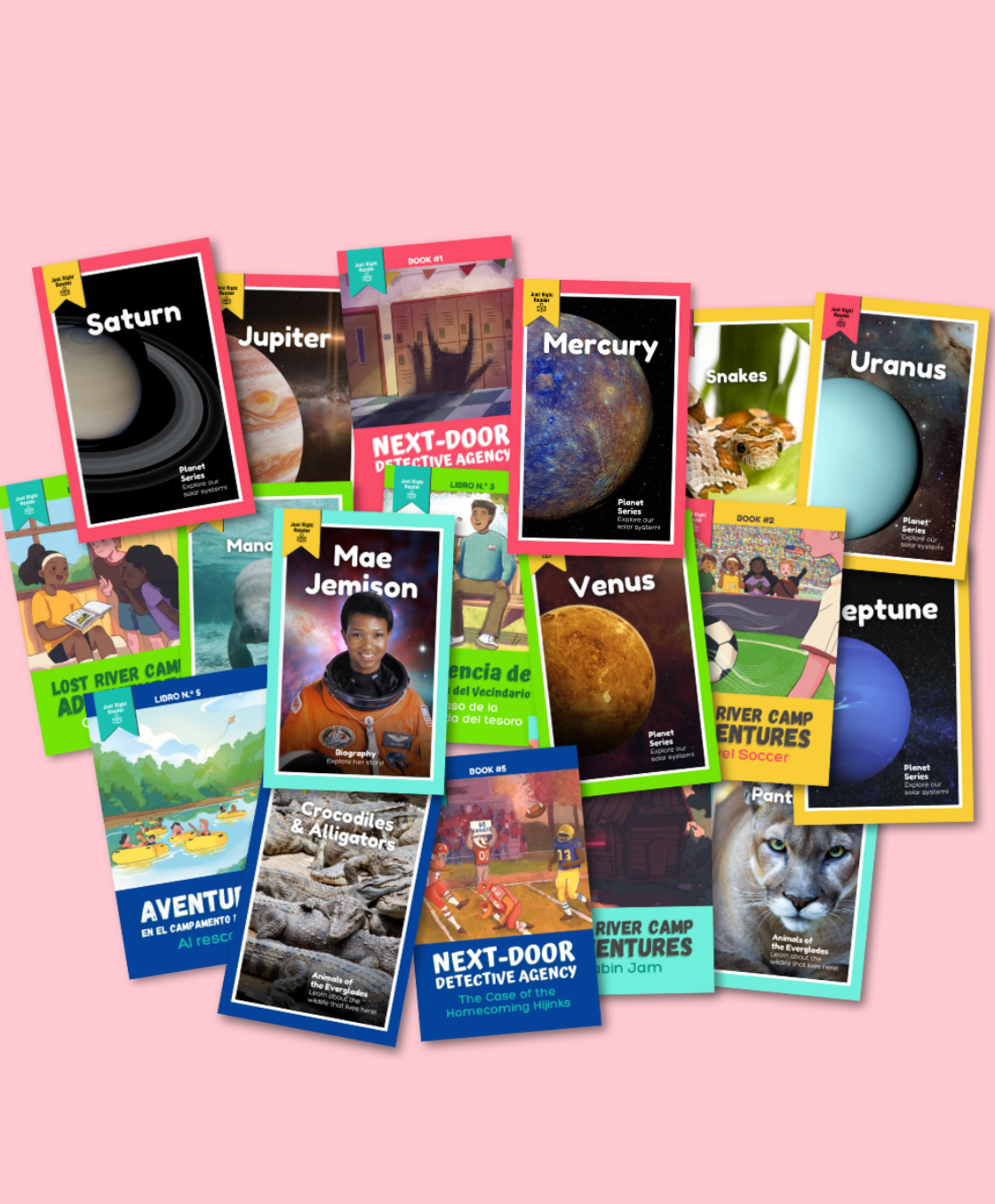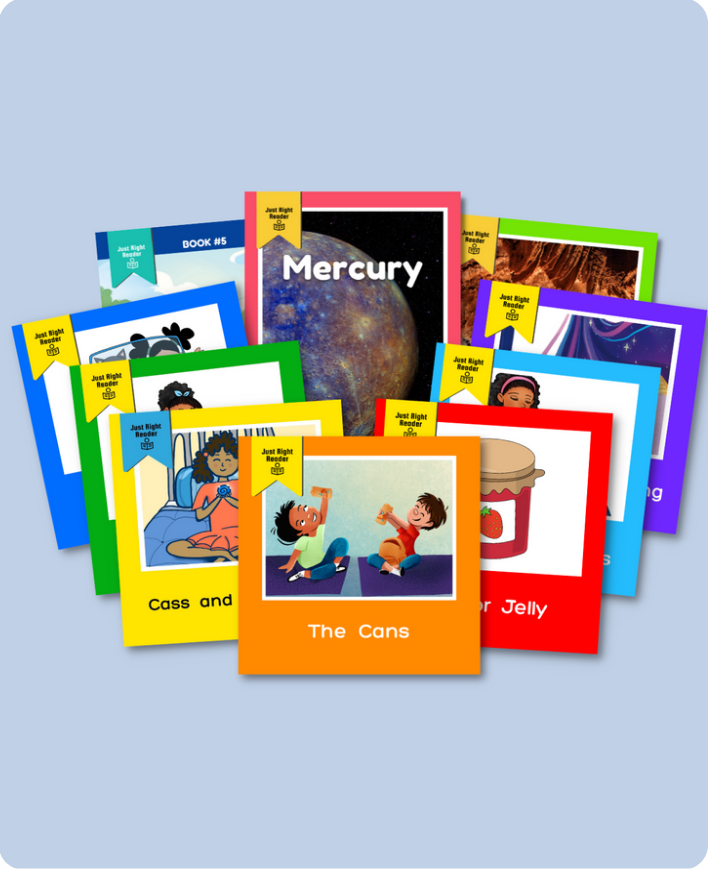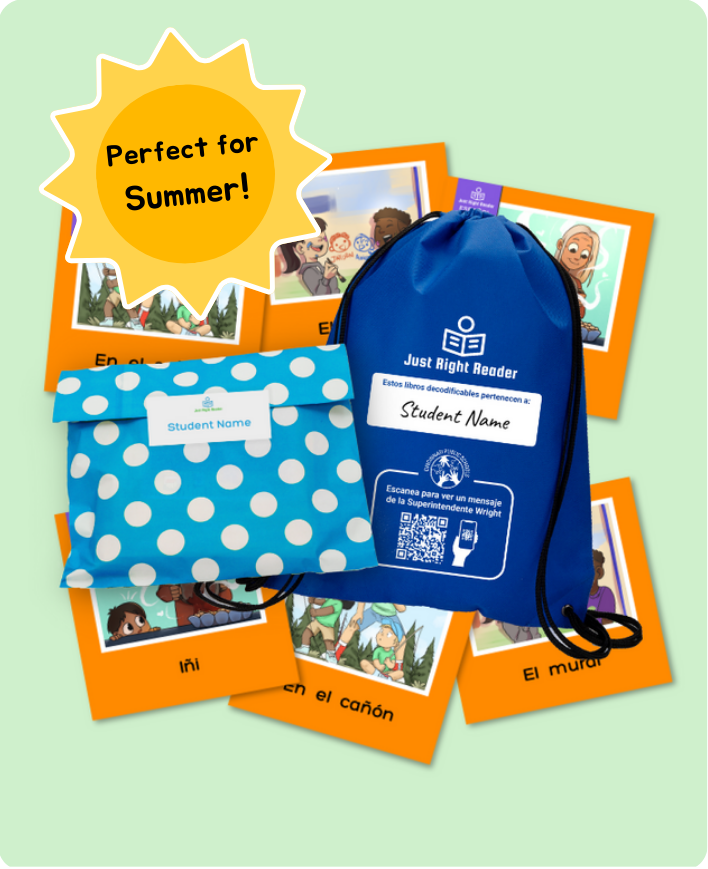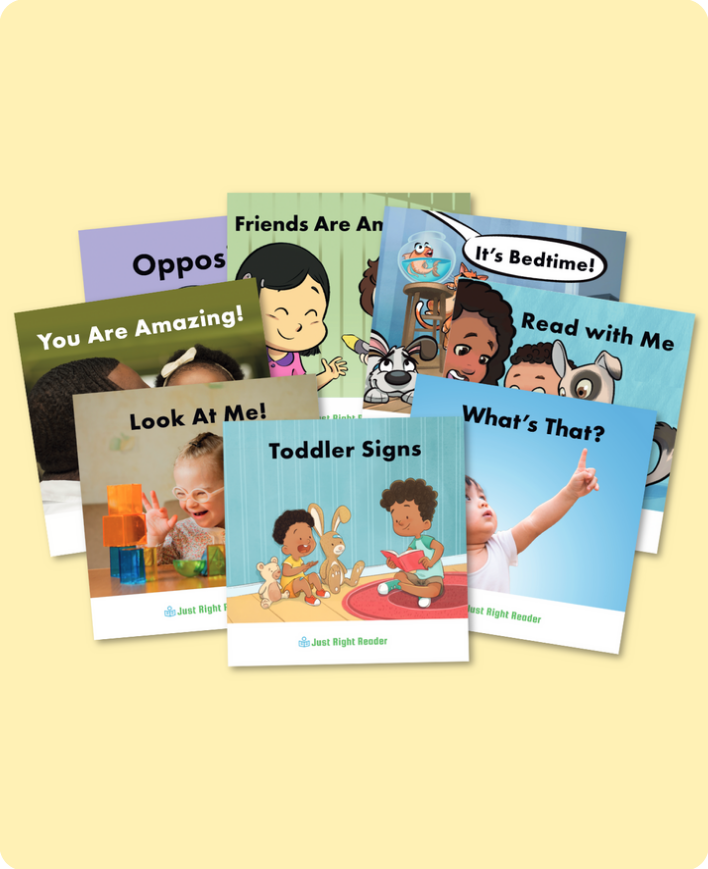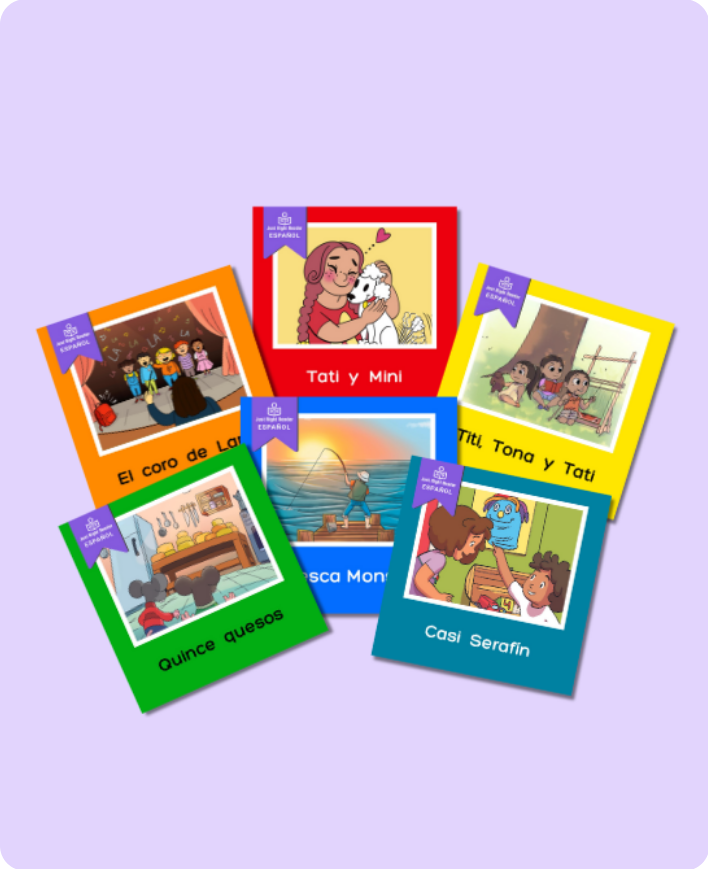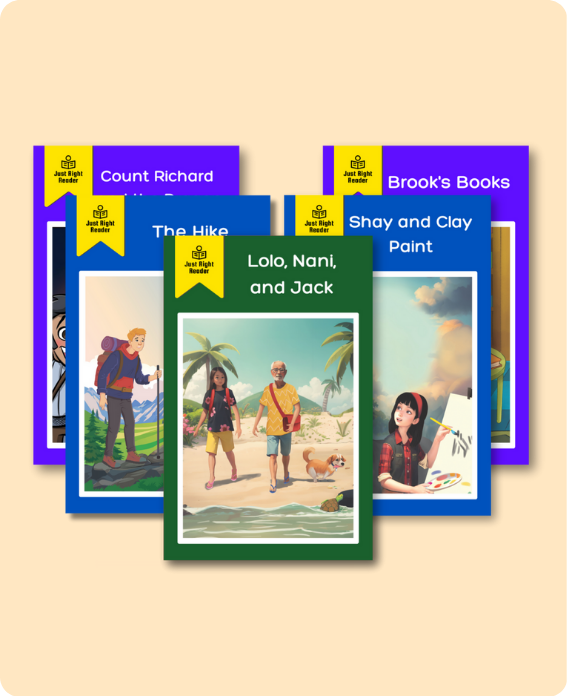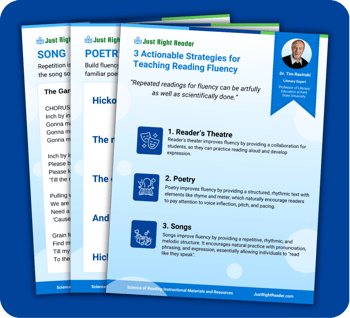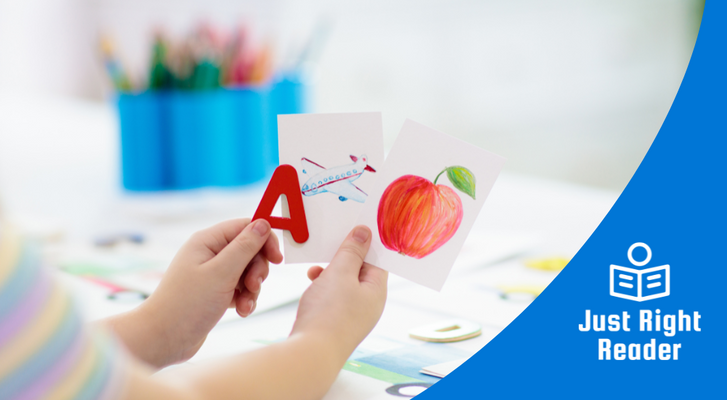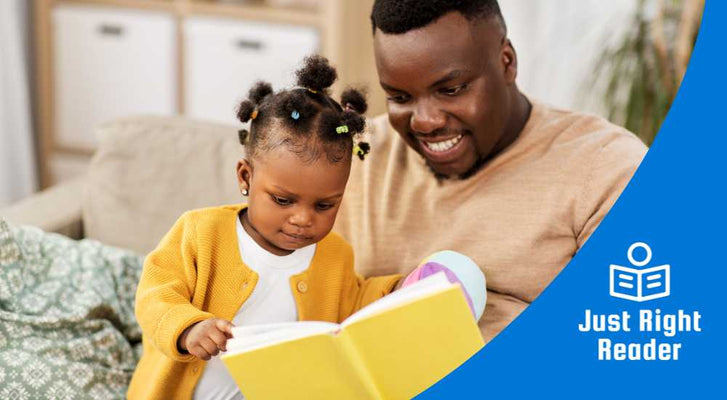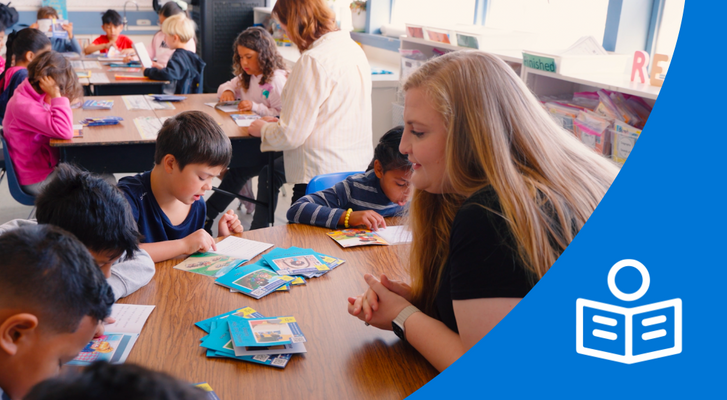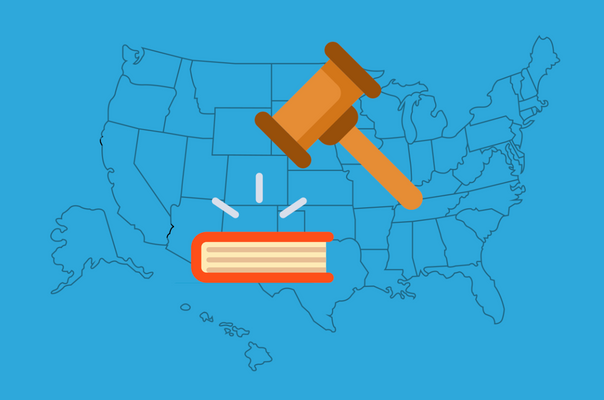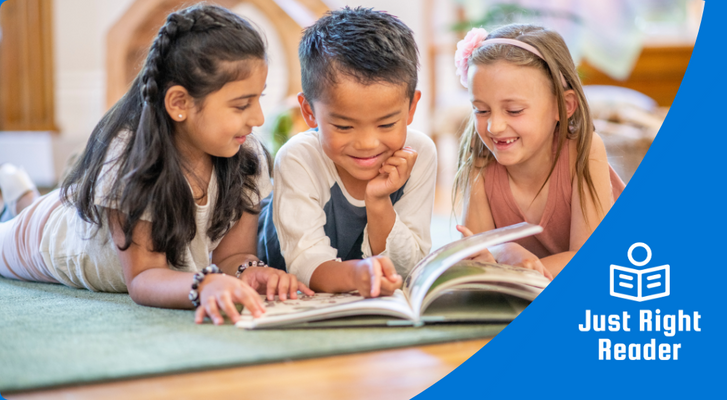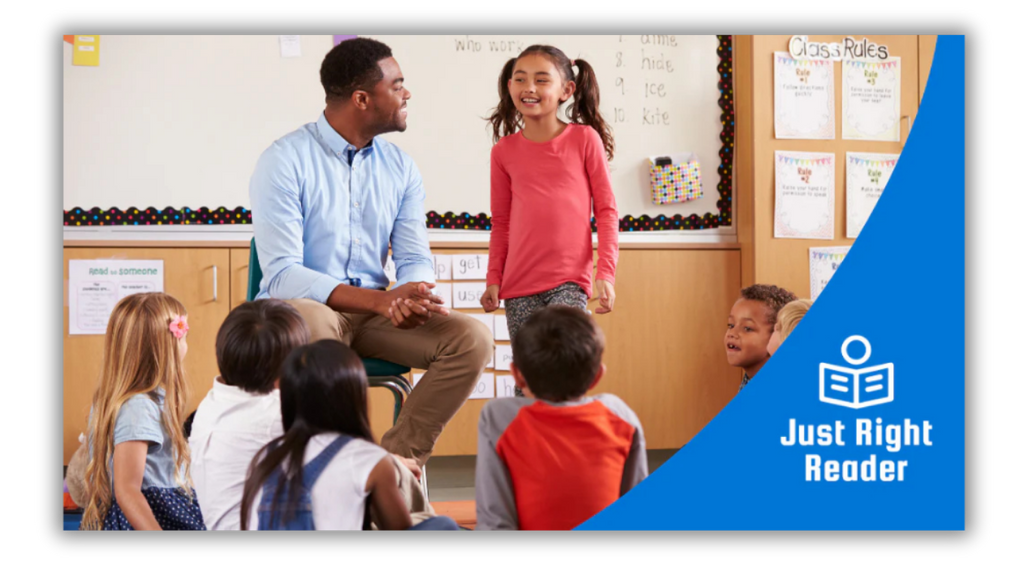
The recommendations given to teachers and parents of kindergarten children usually involves reading to children regularly, teaching the alphabet letters, and developing students’ phonemic awareness. In addition to these I suggest that teachers and parents of kindergarteners also consider making the learning and performing of rhymes, poetry, and songs an integral part of their instruction.
Here's why:
Rhymes, Poetry, and Song are Joyous
Perhaps the most important reason for the use of poetry is that it is pure joy to read and perform. So many of today’s children’s poets write with such great humor that children are certain to find great delight. Poetry is fun reading!
Phonemic Awareness
Rhymes, Poetry and Songs for children play with the sounds of language. Think of the nursery rhymes Diddle Diddle Dumpling, Dickery Dickery Dare, Peter Piper, picked a peck, or Betty Botter Bought some Butter. Learning these are sure to help children develop an awareness of the phonemes /d/, /p/, and /b/. Research has shown a strong connection between knowledge of rhymes and the development of phonemic awareness.

Phonics
Most rhymes, poems and songs for children rhyme. Rhyming words are words are made up rimes (e.g. the-ake in bake, cake, rake, take…). Helping children detect and decode rimes are a great way to develop their phonics or word decoding ability (as well as their spelling or encoding). Dr. Edward Fry, for example, found that knowledge of just 38 common rimes could help children decode over 600 words simply by adding beginning consonant, consonant blend, or digraph. Little Bo Peep is a perfect text to explore the -eep rime. Learning -eep in Little Bo Peep can help children decode other words such asbeep, sleep, weep. sweep, steep, jeep, keep,etc.

Vocabulary
Rhymes, poems, and songs are filled with rich words that poets use to weave their magic. In Maya Angelou’sLife Doesn’t Frighten Me we can find wonderful words and phrases such asfrighten, frogs and snakes, dragons, counterpane, tough guys, and much much more. Our job as teachers and parents is to help children notice these great words that poets make such great use of.

Fluency
Fluency, the ability to read effortlessly and with good expression, is developed largely through repeated readings of texts. Another name for repeated reading is rehearsal. Songs, poems and rhymes are meant to be performed; so in order to reach the point where students are able to perform, they will need to rehearse, hopefully under the guidance and support of a teacher or parent.
Success – A Sense of Accomplishment
Children who are developing readers or who struggle in reading do not often experience success in their reading, especially when they compare themselves with their more proficient classmates. Rhymes, poems, and songs for children are relatively short, and the rhythm and rhyme embedded in these texts make them easy to learn to read and perform. Imagine the feeling of accomplishment children can feel when they are able to fluently and expressively read a rhyme or poem or sing a song aloud to classmates, teacher, family members, and others. That success is empowering. In the reading clinic that I directed for over 25 years, our goal was for children to leave every single day with the ability to read something well and to read and perform it for their parents and other family members – rhymes, poems and songs were a perfect fit!
How to Bring Rhymes, Poems, and Songs Into Your Instruction
There are so many ways to bring rhymes, poems and songs into your school or home curriculum. Just 10-15 minutes of rhyme, poetry, and song reading a day can have a profound effect on young children’s literacy development. My favorite approach is to introduce children to one or two rhymes, poems or songs every week. Put the texts on display on a chart or white board. Start and end each day reading/singing the texts – be sure to point to the words as they are read. Send home a copy of the week’s texts so that parents can read and sing along with their children. As children get to the point of memorizing the texts begin to pull out individual words and place them on display – practice reading these words daily. Later, begin to examine individual letters and sounds within the words. At the end of the week have students perform the texts for the current and past weeks for classmates and others! It is so simple and so much fun! Let’s make it a goal for rhymes, poetry, and songs to be read, rehearsed, and performed every day of the school year!
Research in Action: 3 Actionable Strategies for Teaching Fluency: Reader’s Theatre, Poetry and Songs
Learn More with Dr. Timothy Rasinski
- Click here to watch the full webinar replay.(coming soon)
- Click here to listen to a podcast.
- LinkedIn: linkedin.com/in/timothy-rasinski-15b1ba4
-
Website: https://timrasinski.com/
